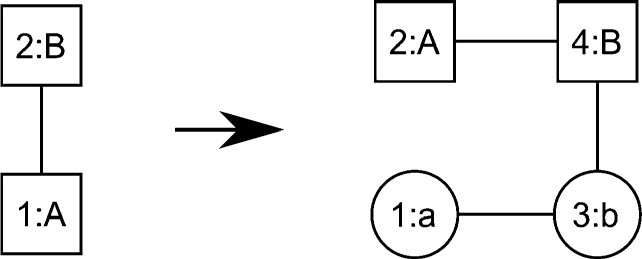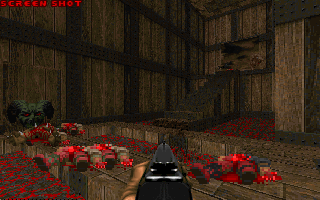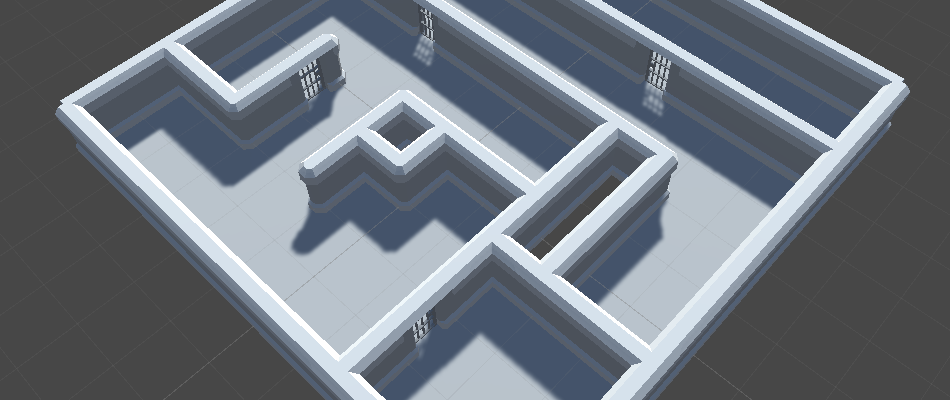Last time, I took inspiration from a game called Unexplored, and wrote about about a system of rule evaluation called Graph Rewriting.
In developing Unexplored and earlier games and academic papers, developer Joris Dormans has over the years developed an entire software library centered around graph rewriting. It’s called PhantomGrammar, and it comes with an accompanying UI called Ludoscope (sadly, neither is publically available currently).
I think it’s worth discussing how it works, as it turns the previous theoretical ideas into something pratical to work with.
Continue reading





